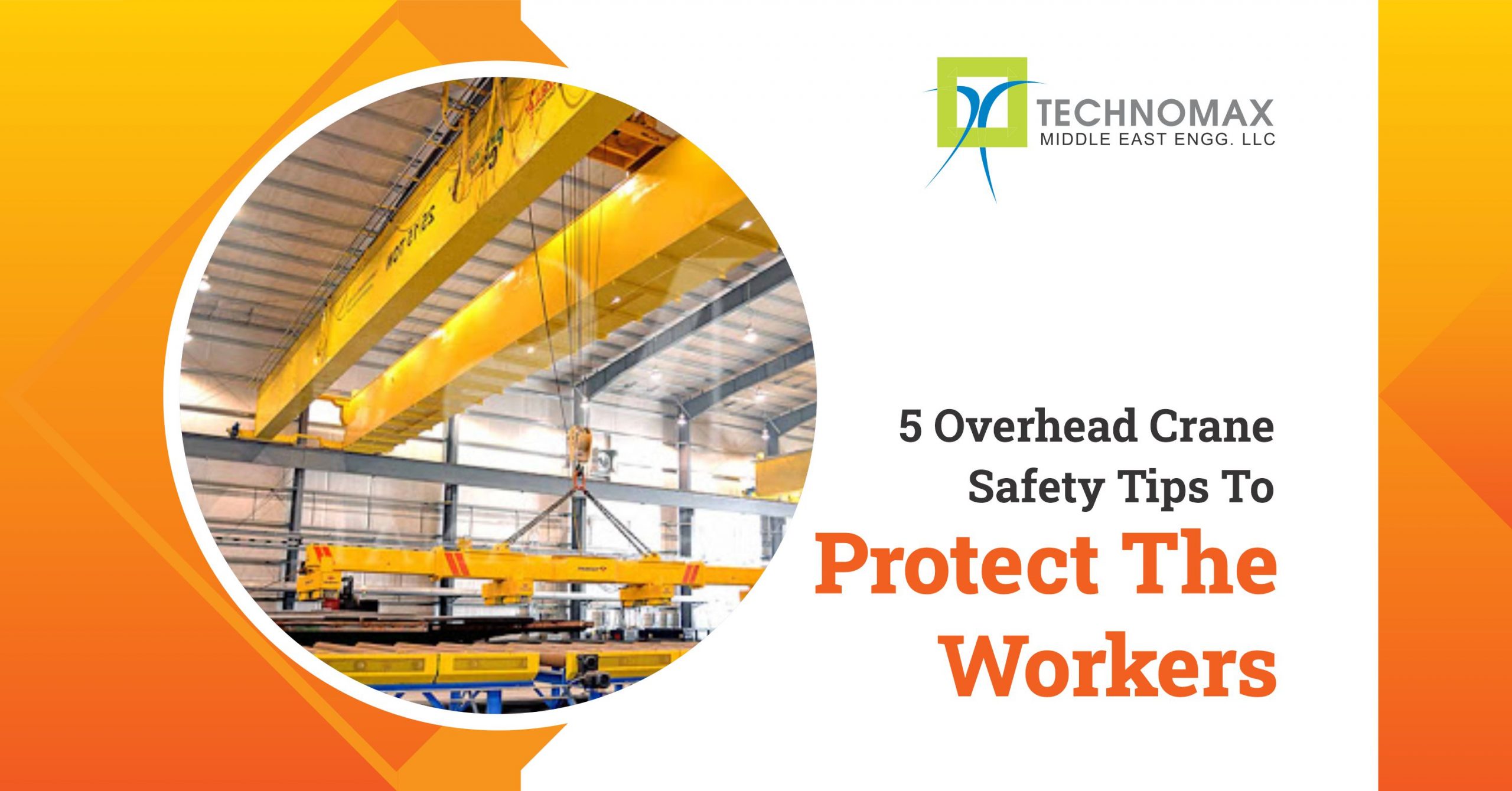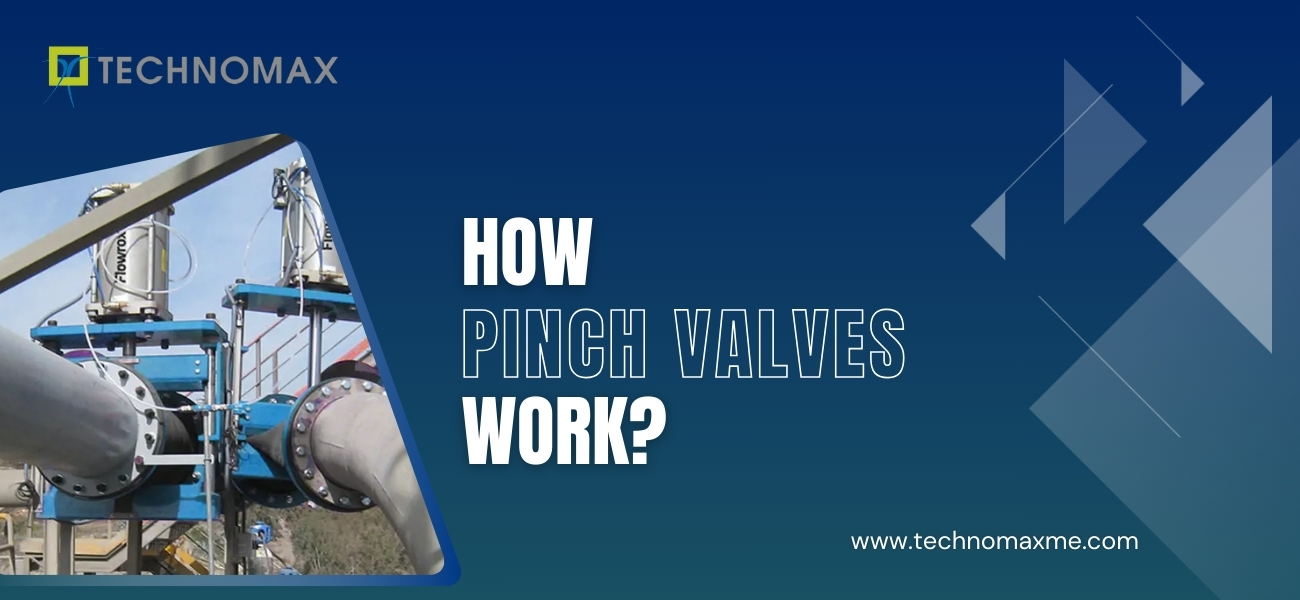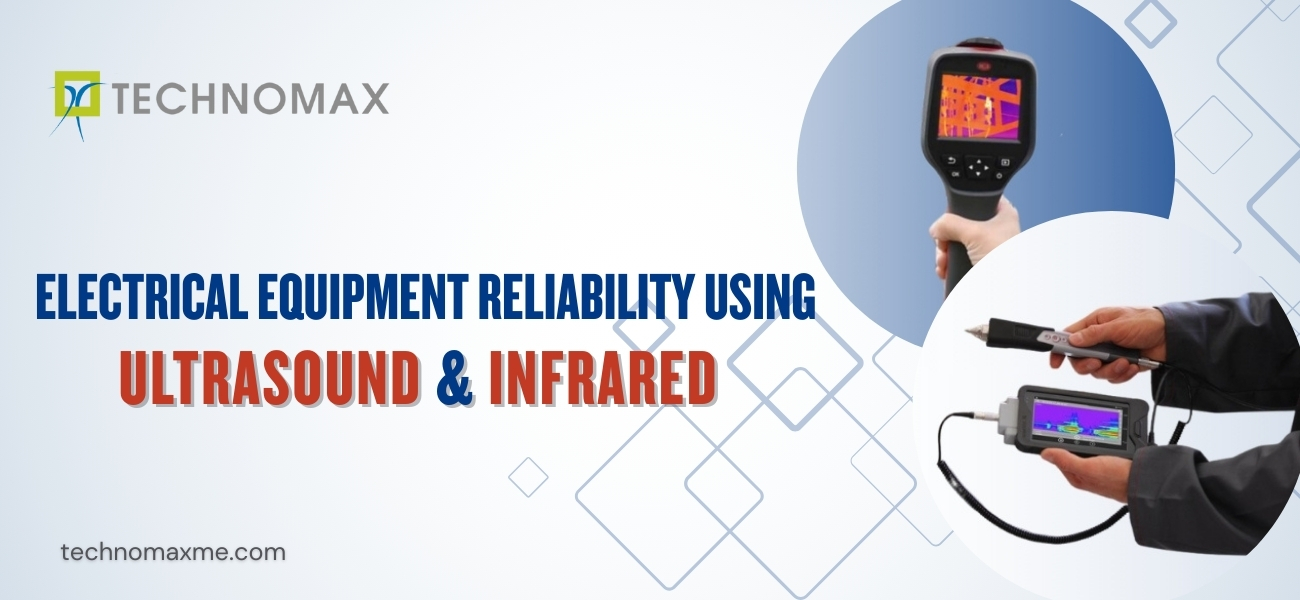
Introduction
Cranes are an indispensable part of any industry for lifting and handling heavy objects and materials. There are objects which cannot be lifted by the workers. Therefore, such equipment as cranes is required, which eases the task and enhances productivity. The cranes help in lifting and carrying heavy loads quickly and efficiently. An overhead crane is generally used for loading and unloading small or bulky materials.
There are different types of cranes. Overhead cranes come in handy while loading or unloading materials from the truck, moving materials from one location to another, moving containers around a shipyard or railyard, and moving pieces or parts down an assembly line. However, mishandling of overhead cranes can lead to severe injuries and accidents. Read more about safety tips for overhead crane operation.
Therefore, it is necessary that overhead cranes should be handled with the utmost care, and safety measures should be taken to avoid any mishaps at the workplace. Statistics also suggest that around 44 people are injured and blown to death every year. If the overhead cranes are used carelessly, they can be a serious hazard to people and property. It is necessary to ensure some safety tips for overhead crane operation.
5 Safety tips for overhead crane operations
If you are dealing with cranes in your work or are involved in the construction business, it becomes essential to be aware of the hazards or problems and ensure people’s safety. Let’s discuss some of the common safety tips for overhead crane operations to avoid disasters at the workplace.
- The first thing that needs to be ensured is that the equipment should be operated by qualified workers who are appropriately trained and certified. Such complex and heavy machinery requires specialized knowledge to operate safely. Therefore, it needs to be ensured that the workers using the equipment are well-trained and have the expertise in handling the equipment.
- They should have accurate knowledge of all the standard hand signals for Crane Operations in detail. They should know all the whereabouts of the equipment. They should know how to take the proper safety precautions and measures while operating the crane.
- It should be mandatory to have complete knowledge and comply with lifting operations rules and regulations and lifting equipment regulation 1998.
- It is also essential that the equipment should be carefully inspected before the operation of the equipment. If the equipment is damaged or worn out, it should be taken for repairs and maintenance from time to time.
- It should be seen that the load does not exceed the limit of the equipment so that injury or accident can be avoided.
- A thorough check and inspection need to be done of the equipment and the load before the equipment’s final operation. Read more about safety tips for overhead crane operation.
- It must also be ensured that the workers are aware of the crane operation area and are not standing under a crane or where loads are being overheard. They should be told to keep a safe distance from the cranes while it’s operating.
- The planning for lifting the equipment should be done in advance so that workers are well aware of how they do not stand near the crane operating area.
- There should be proper warning signals on the sites to refrain from going there and be well aware of the dangers. The workers should wear appropriate protective clothing like masks, gloves, footwear, etc., which provides them with safety and security.
- The crane should be used with utmost caution and patience. Proper time should be allocated to avoid any mishap. The operations should be planned well in advance so that proper time and precautions can be taken to ensure safety.
Other safety tips for overhead crane operation
- The employer should have a proper license to use cranes.
- The crane should be used with utmost caution and patience. Proper time should be allocated to avoid any mishap. The operations should be planned well in advance so that proper time and precautions can be taken to ensure safety.
- Select the right sling for each lift. Do a thorough inspection of the sling and hardware before use for wear, stretch, or other damage. Do not use damaged or defective slings.
- It is also necessary to carry out routine maintenance and repairs of all on-site equipment at appropriate intervals.
- A supervisor’s presence is also a must so that the operations can be carried out smoothly and without damage.
- Take a look at the surface on which the crane is being operated. The soil should be classified, and the material under the crane should be understood and adjusted to the loads and limits. Read more about safety tips for overhead crane operation.
Conclusion
Cranes are, no doubt, an essential part of industries and have made lives much more manageable and comfortable. The heavy loads can be lifted with ease and convenience. But at the same time, the safety and proper use of the cranes is also a prerequisite. By taking reasonable safety precautions and following safety tips for overhead crane operation at the workplace, such dangers and mishaps can be avoided and controlled.
Choosing the overhead crane system is a long-term investment that can enhance operations, streamline manufacturing, and boost worker safety. Choosing the right overhead crane system for your application and facility would also save you money in the long run.
However, on the other hand, choosing the right crane may be daunting and perplexing. There are many variables to consider, but we will simplify the process by providing crucial details that will enable you to make the best possible decision and investment.
It's crucial to think about what kinds of overhead cranes are available and familiarise yourself with them. Gantry cranes, monorail cranes, workstation bridge cranes, and jib cranes are the four major types of overhead cranes. Knowing what each form of crane does and how they're built will help you choose the best device for your needs.
After you've gained a general understanding of the various overhead cranes available, two main categories will help you choose the best crane for your needs: application and facility. Each class has a collection of broken-down factors to give you a simple overview of how to select a crane.
Analyse your Application
An honest assessment of the material handling requirements is a critical first step in choosing the right overhead crane. Choosing an overhead crane that isn't right for your job can be a risky, unreliable, and expensive mistake.
Consider your particular application's requirements and the goals you want to accomplish by incorporating a new overhead lift system into your facility. We've broken down the application category into sections to help you create a thorough overview of your application and material handling requirements: capability and duty rating, structural components, mechanical and electrical components, motor controls, and operator controls.
Capacity and Service Rating
The maximum load weight that a crane can handle is known as the load rating capability. It's crucial to keep track of the load capacity and service frequency. It's incredibly dangerous to operate a crane above its load rating capacity, and it can seriously harm your new device.
Make sure your application's overall weight requirements are less than the crane's load rating capability. This knowledge will also aid you in determining the appropriate service level classification for your new crane.
The CMAA offers six separate service-rating groups. Each service rating is used to define the type of service provided and the frequency in which it is used. The service rating aids consumers in selecting a crane that is suitable for their needs. These classes range from Class A Service, which is standby or infrequent service for installation and maintenance, to Class F Service, which is constant, extreme service for cranes capable of regular loads approaching rated capacity.
Structural Components
Welded steel plates or aluminium parts make up the majority of overhead cranes. The crane will be heavier if it has more steel. Consider your service classification and how it relates to the type of crane you choose to buy. For example, Spanco A-Series Gantry Cranes are available in steel or aluminium.
A steel gantry crane can have a higher load rating capacity and is designed for heavier applications, whereas aluminium gantry cranes are designed for lightweight applications and complete portability. Understanding these choices will help you make the best decision for your operation while also allowing you to manage some of the structural elements that influence the crane's weight and cost.
Mechanical & Electrical Components
Aside from design and structure, another thing to think about when choosing the right overhead crane is the fact that they offer a wide range of options. Without the right method, selecting the best mechanical and electrical solutions can be a difficult task.
However, if you think about the application's and facility's needs first, you can avoid some of the confusion. For each type of overhead crane we produce, we offer a variety of mechanical and electrical component options. Knowing what each component does and how it will affect your specific application will help you determine which options are needed.
Motor Controls & Operator Controls
The use of motor controls is another noteworthy choice to consider when choosing the right overhead crane for your system for your service. Electrical control systems allow you to fine-tune bridge and trolley motions for greater precision and safer, more controlled lifting. These factors also influence the crane's price, so making the best decision for your operation is critical.
If you decide to go with a motorized system, check with your supplier to see if they provide speed control. A variable frequency drive, for example, is a variable-speed drive that controls motor speed and torque by changing the frequency and voltage of the motor input.
EVALUATE YOUR FACILITY
The most important thing to consider when choosing the right overhead crane is your facility's space and scale, second only to your application. Building size, installation requirements, possible obstructions (including preexisting equipment and machinery), clearance requirements, and operating environment are all factors to consider.
Learn More About Our Services


Get Started Now!
It takes less than a minute of your time. Or you may simply call +971 2 555 1 783






